Why do dogs paw you? Usually, it is for attention. The attention could be for petting, for food, for a walk, to go potty, to play, or for any other reason.
Pawing is a learned behavior. Your dog may have done it before and received a reward for it (in the form of attention, food, etc.). This then reinforces the behavior. By reinforcing the action, your dog will repeat the pawing in the hope of receiving another reward.
Pawing can be a cute gesture, but it can also be annoying, demanding, and sometimes dangerous. If your dog is large or you have small children or your dog is around older people, it can cause them harm, their nails can scratch and cause cuts, or their size and power can knock them over.
Let’s look at the top reasons our dogs paw at us and how to stop the behavior if you want too.
Busy? Get Your Hands Paws On The Answers Quickly…
WHAT DOES DOG PAWING MEAN?
ATTENTION:
Food
Does your dog place their paw on you when you’re eating? They might be begging for some of your food. Dogs are scavengers. Giving in to those puppy eyes is easy, but it reinforces the behavior.
They might also be telling you it’s time for their food, and dogs are experts at knowing when feeding time is.
Water
Dogs communicate in a variety of ways. They might bark, pace, or paw at you to fill up their water bowl.
Walkies
Going for walks is the most exciting part of the day for dogs; they can’t wait for you to grab their leash and take them exploring. The pawing could be a gentle reminder they want to go, NOW.
More Affection
Why does my dog paw at me when I stop petting him? Because they want more. If you’re stroking your dog and suddenly stop, then they start pawing at you. It usually means they want more. They might also nudge you, rest their head on you, or shuffle in closer.
It’s Play Time
Pawing for playtime is a behavior displayed between canines. A dog pawing another dog is usually a signal to say, ‘I want to play, do you?’. The other dog will respond, if they reciprocate the pawing, it means ‘Let’s play!’ and the game can start.
Your dog may paw at you to get your attention to play with them. The signal may be more apparent if they then display a bow or bring a toy or ball to your feet or lap; this is another signal that they are ready to play.
Toilet
Dogs have different ways of displaying what they need. Your dog may bark at the door, ring bells if you have trained them to do so, or paw at you to indicate they need to go potty.
Boredom
Your dog might be bored and asking for some affection. The paw is a gesture of them begging for attention.
OTHER REASONS FOR PAWING:
Stop Petting There
If your dog paws you while being petted, they might be asking you to move positions. Some dogs don’t like being patted on the back or head. They might paw at you to ask you to move to the petting to their chest, belly, or anywhere else they prefer to be stroked.
Show Me What’s In Your Hand
We often play with our dog ‘Guess Which Hand,’ which involves a treat in one and nothing in the other. Our dog then paws which hand he thinks the treats are in.
We also often use a closed fist with a treat to teach tricks and during training sessions.
This can reinforce the pawing behavior. It also means that if we have our hand in a fist, our dog assumes it’s a treat or something for him, and if given a chance, will paw at it.
Put Me Down
Dog owners with small breeds can be inclined to pick them up. Some dogs don’t like it and may squirm and paw at you until you put them down.
HOW DO I STOP MY DOG FROM PAWING AT ME?
If you need to stop your dog pawing as you find it annoying, undesirable, or a danger to those who see your dog. There are several methods to stop this behavior.
Make Sure Your Dogs’ Needs Are Met
Before you begin to train out this behavior, you must make sure your dog is mentally stimulated and adequately exercised. This is for several reasons:
- This will help keep your dog focused on the training and stop them from becoming overexcited.
- A well-exercised dog will also not be pawing for playtime or walkies as these needs are met.
- Make sure your dog has also been out to potty, been fed, and has fresh, clean water available.
Ignore The Behavior
It is best to stop the behavior as early as possible.
Completely ignore it, turn your back, divert eye contact, and, if needed, walk away.
Do not move their paw off you, yell, or shout at your dog.
Do not engage in play, pet, smile, or speak to your dog.
Any reaction, positive or negative, will reinforce the behavior.
Once your dog removes their paw themselves, you should praise them. The praise can be a treat or affection.
Be Consistent
If you are going to be stopping the pawing behavior, everyone needs to be on board.
Anyone that interacts with your dog must also ignore the behavior.
If anyone gives into the pawing, you will be starting from the beginning.
Be consistent and make sure everyone in the family knows to ignore the behavior completely.
Redirect The Behavior
If you know your dog is about to give you an undesirable paw, you can redirect it.
Redirecting the behavior means asking your dog for another action before they paw.
You can use a command they already know, e.g., ‘lay down,’ ‘get a toy,’ or any other action.
Teach The Paw
It may feel counterintuitive, but if your dog can ‘shake’ ‘paw’ ‘high 5’ on demand, it can help your training. Once your dog knows what the action is, he can know when and most importantly, when not to perform it.
Teaching your dog how to ‘shake’ on-demand and receive a reward for it can help keep the action only being performed with the word.
If your dog acts without the word, he must be ignored.
How To Train Shake:
1. Start with your dog in a sit.
2. Place a treat in one hand and hide the treat in a fist.
3. Lower your hand, so it is close to the ground and your dogs’ paw.
4. Allow your dog to investigate the treat but do not move or speak until their paw touches it.
5. Once your dog picks up its paw and places it on your hand, praise your dog by giving them the treat.
6. When your dog is consistently touching your fist with their paw, remove the treat from inside the fist and instead place it in your other hand.
7. When your dog paws the fist, give the treat from your other hand.
8. Repeat this until they are consistent.
9. You can turn or move your hand to the desired position, e.g., we do ‘paw’ with our palm up (this is useful for cutting nails, trimming the fur, or inspecting the paw). Continue to repeat the action until your dog is completing the action consistently.
10. Start to introduce your cue word. We use ‘paw,’ but this could also be ‘shake’ or ‘high-5’.
11. Repeat with the cue word and reward the action.
FAQS
Do some breeds use their paws more than others? Dog Breeds That Use Their Paws A Lot
All breeds can be pawsy. It is a learned behavior that is reinforced by positive action. The breed doesn’t necessarily have an impact.
Energetic, smart, and affectionate dogs are thought to use their paws more as they are looking to play, attention, and know how to get it. This isn’t always impacted by breed or size.
The one breed who is named for using their paws is Boxers. Boxer dogs were given their name as they often stand on their back legs and ‘box’ with their front paws. This gives them the tendency to be more pawsy than other breeds.
Why does my dog raise his paw?
It could be for a variety of reasons, but the most common is due to anxiety, fear, or anticipation. Read their body language, if there if they anticipate something exciting about to happen, their tail may be upright or wagging, their ears perked, with their paw lifted. If they are nervous, their tail may be in a downward and they may have a more cowering position.
If you see this, you may want to try reassuring them with a smooth and calming tone.
Why does my dog put his paw on my face?
It could be for attention, again reinforced by a positive reward.
Some people claim pawing by the mouth is a cry for food. This could be similar to what they would do to their mother, licking to see if they’ll share whatever is in their mouth.
Looking for more pawsome posts? Check these out…
Why Do Dogs Wink?
How To Bandage A Dog Paw
When Do Puppies Lose Their Teeth?
How To Build A Dog First Aid Kit
Why Do Dogs Like Sticks?
Disclaimer: Each dog is different, and every circumstance is different. All efforts have been made to provide accurate information. However, it is not provided by a qualified Veterinarian, Veterinarian Surgeon, or Behaviorist. The information provided is purely educational. The information should not be used as an alternative or substitute for medical care. If you have any health or medical concerns, contact a qualified Veterinary Surgeon or Veterinarian immediately.
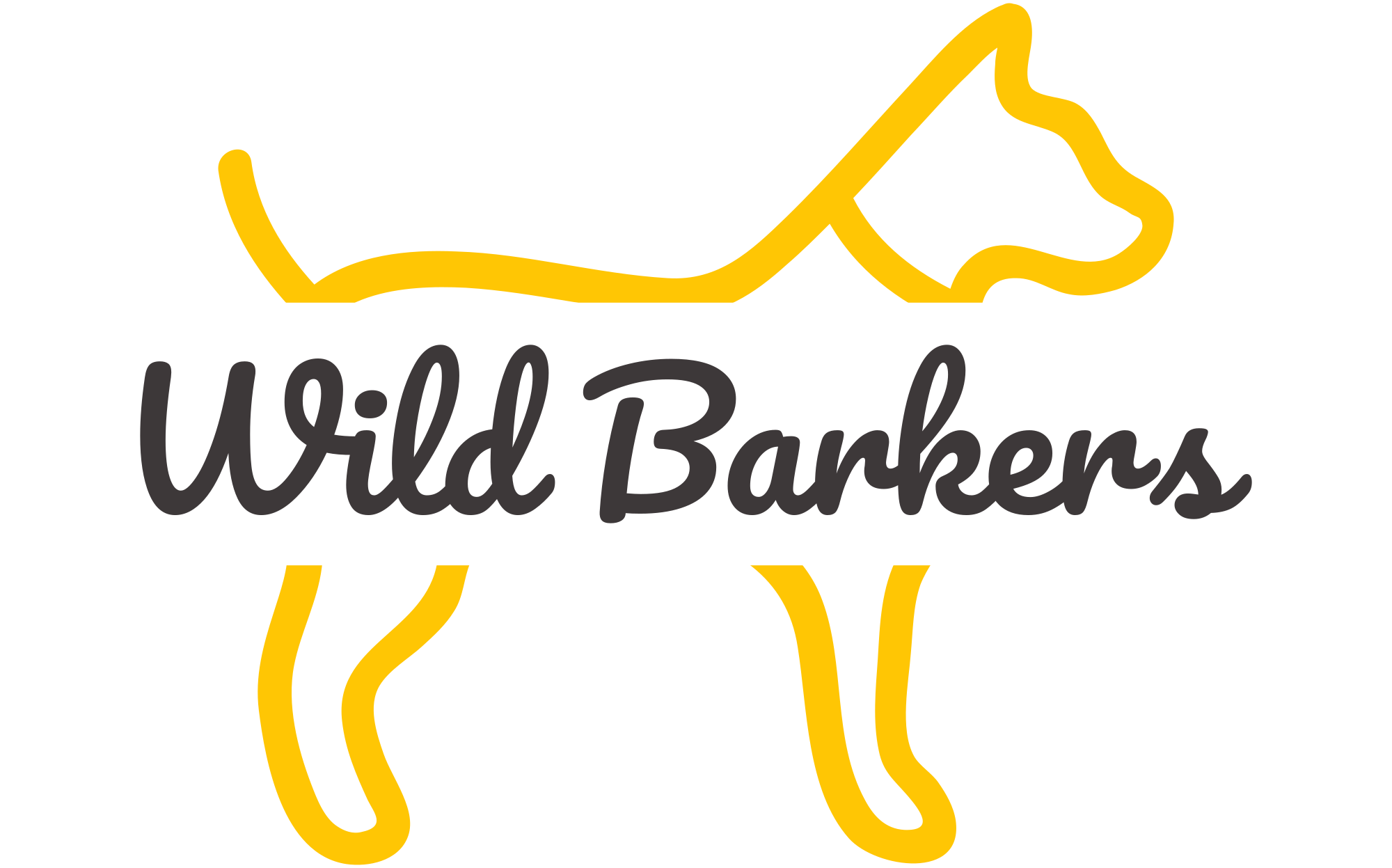

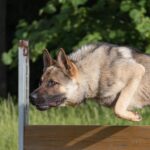
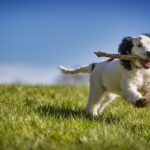
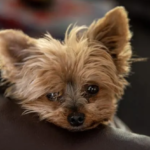
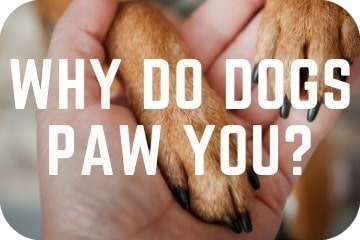

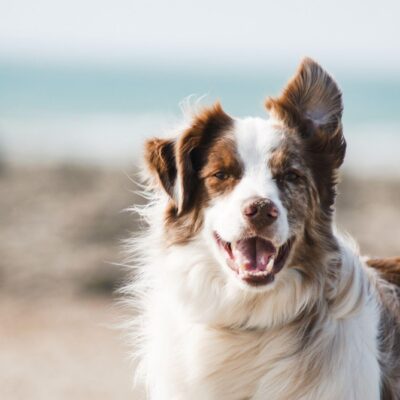
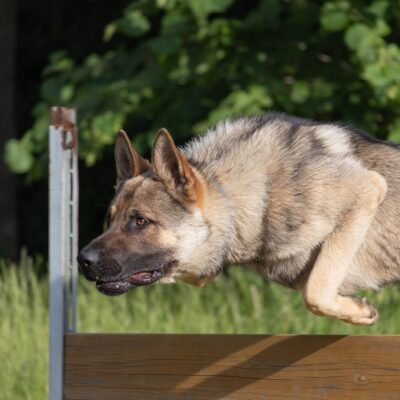
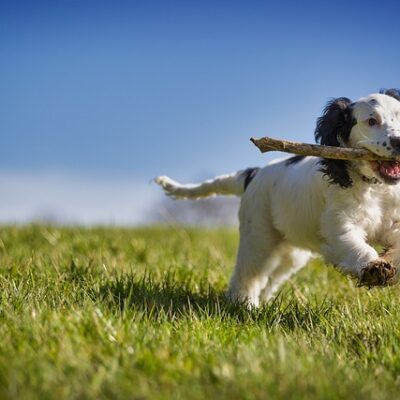
No Comment! Be the first one.